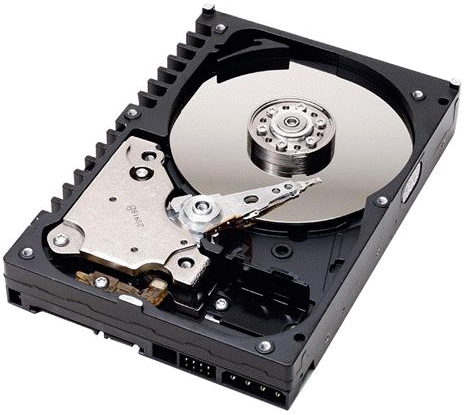HDD Industry Hits Pricing ‘Reset’
Since 2009, the hard disc drive industry has been in a bruising price war, with huge 2GB HDDs selling for only $100 or so. Then, the terrible natural disaster that hit Thailand last year severely depressed HDD production, since the factories were badly damaged, putting further strain on the HDD companies financial bottom lines. The combination of these two factors has resulted in the marked reduction of players in this market, which is now down to just two: Western Digital and Seagate.
At the same time, the laws of supply and demand caused HDD prices to double and even triple, depending on the HDD model. However, the HDD market is now starting to rebound with year-over-year unit shipment growth of 7.7% in 2012 and a compound annual growth rate (CAGR) of 9.6% for the 2011-2016 forecast period, which sounds very healthy. So, will this result in HDD prices sinking to their pre-disaster levels? Apparently not, as it looks like the industry (composed now of just two players) looks to “reset” pricing to somewhere in the middle of the two extremes, as John Rydning research vice president, Hard Disk Drives at IDC explained, “In many respects, the hard disk drive industry has collectively hit the ‘reset’ button. A reset of the HDD industry structure should allow for the remaining HDD industry participants to slowly reduce HDD prices from current levels at a rate that still delivers value to customers, while at the same time ensuring sufficient funding is available to develop new HDD technologies that are needed to improve HDD capacity, performance, reliability, power consumption, and security.” One can see duopoly price-fixing lawsuits waiting in the wings…
The link below points to a press release of the full IDC report entitled Worldwide Hard Disk Drive 2012-2016 Forecast: The Industry Hits the Reset Button (IDC #233547). Should one want to purchase the full report however, it runs to a cool $4,500.00. That’s a lot of hard drives.

Another important theme is the intensifying battle with solid state drives (SSDs) in notebook PCs. While SSDs offer some performance advantages over conventional HDDs, SSD pricing continues to be an inhibitor to adoption in new PCs. Another way to achieve faster PC performance without incurring the full costs of SSD is to use a smaller amount of NAND somewhere in the PC system in combination with rotating magnetic disk storage. To win this battle, HDD vendors will need to convince PC manufacturers that hybrid SSHDs offer a more cost-effective solution to improve PC performance and responsiveness than other solutions.

Comments are closed.